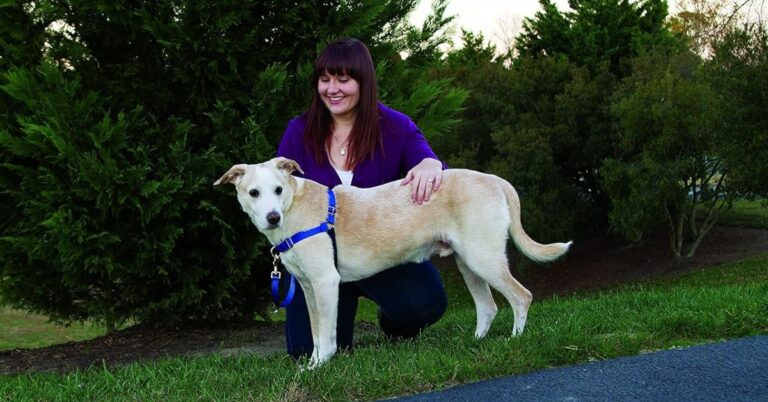10 First Aid Essentials Every Dog Owner Should Have
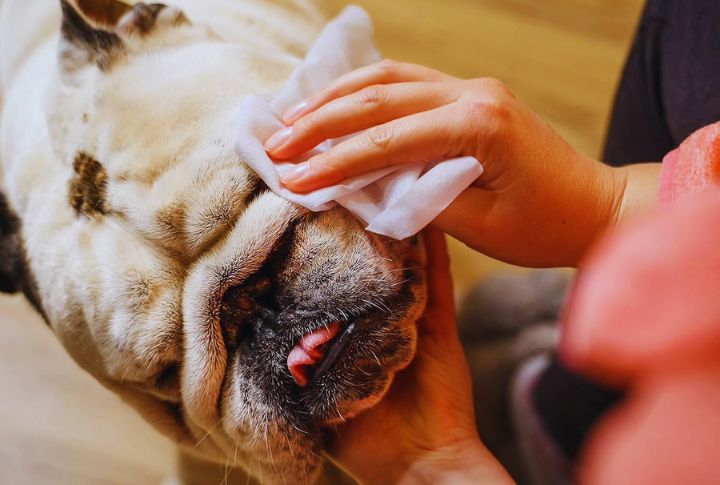
Every dog owner has seen it. A harmless walk turns into a limping return. Or a backyard dig leads to something sharp. Injuries don’t wait for convenience. That’s why it helps to have the basics close by. Nothing dramatic. Just the simple stuff that helps in those “oh no” moments before the vet.
Gauze Pads
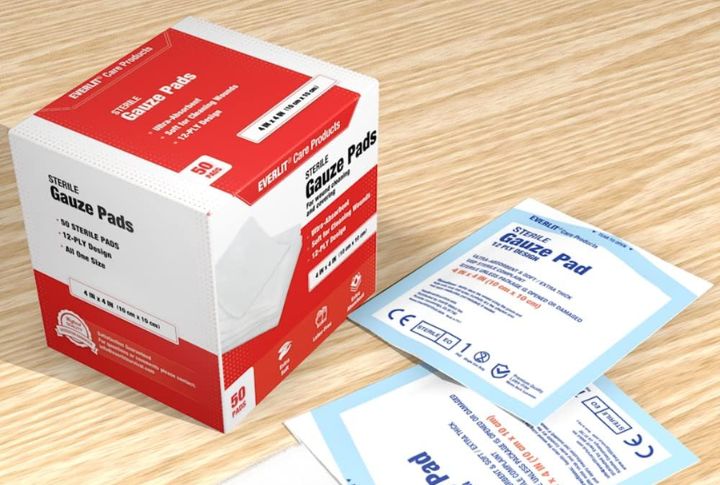
Gauze pads help stop bleeding and protect wounds from licking and infection. Kits should have both sterile pads and rolls for wrapping. Vet-approved for dogs, they’re soft enough for paws but tough enough for deeper cuts. Cotton balls? Not ideal. Gauze won’t shred into the wound like it will.
Digital Thermometer
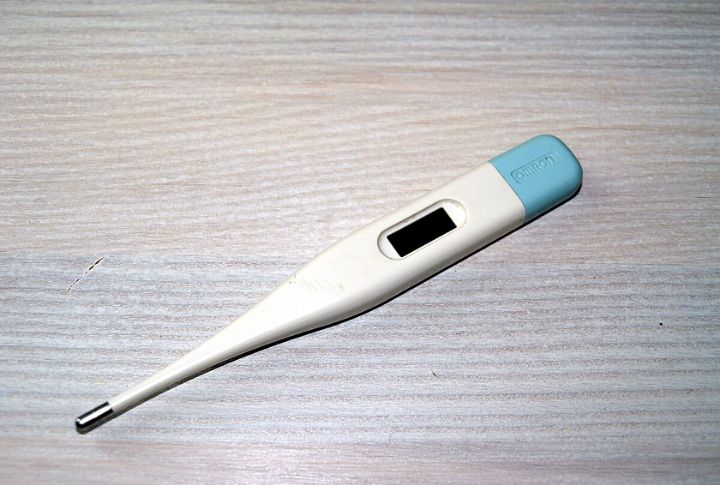
A dog’s normal body temperature? Between 101 and 102.5 degrees Fahrenheit. Anything higher could signal infection or heatstroke. Regular thermometers don’t cut it—use a pet-safe digital rectal thermometer. It’s not glamorous, but it’s a fast and accurate way to determine if something’s wrong before calling the vet.
Hydrogen Peroxide
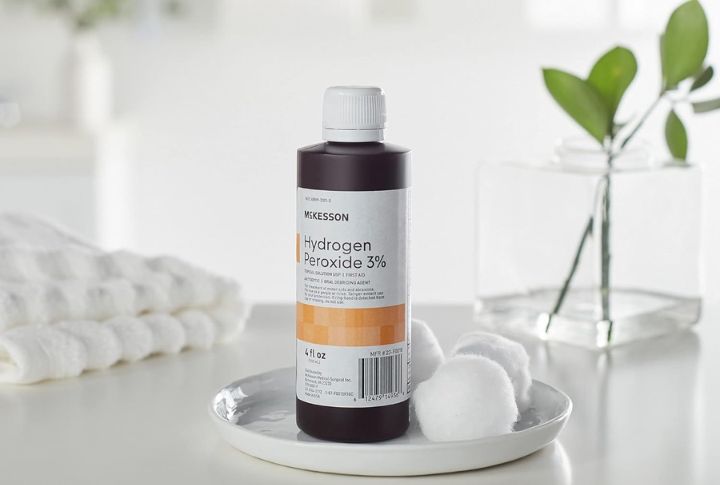
It might sound strange, but 3% hydrogen peroxide can sometimes be used to induce vomiting in dogs after accidental ingestion—if the vet says it’s safe. Never guess. Keep it in the kit, but always contact your veterinarian or a hotline for pet poison control before using it. Too much can cause serious harm.
Tweezers
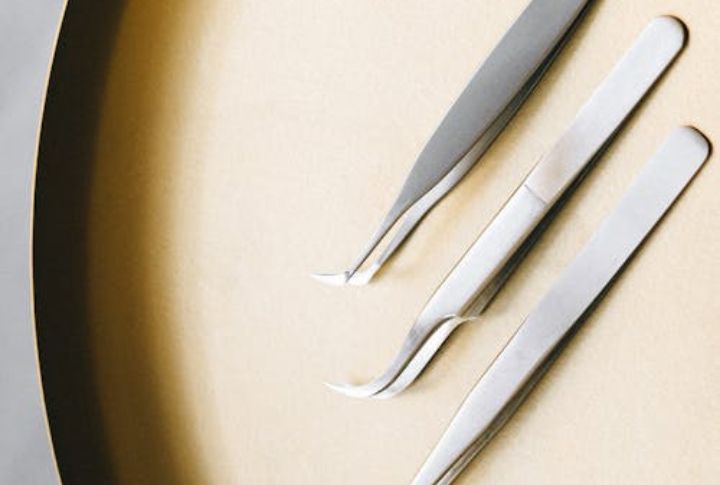
Doggos collect things during walks, from ticks to splinters and even glass. Stainless steel tweezers with a pointed tip make removing small objects safer and easier. Skip plastic ones; they bend at the worst moment. A quick removal reduces the chance of infection or disease transmission, especially with ticks.
Pet-Safe Antiseptic Wipes
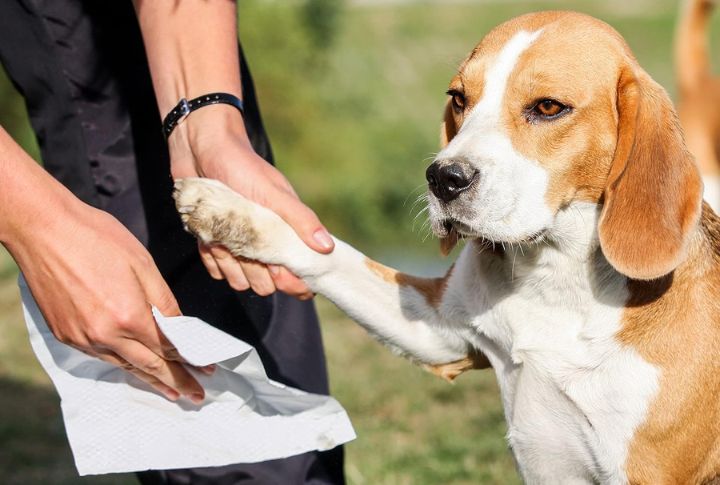
Alcohol-based wipes sting and can be toxic if licked. So, choose antiseptic wipes made for pets, which often contain chlorhexidine or betadine. They’re great for cleaning paws after muddy trails or treating minor cuts on the spot. Store a few in a suitable cover to keep them fresh and moist.
Collapsible Bowl
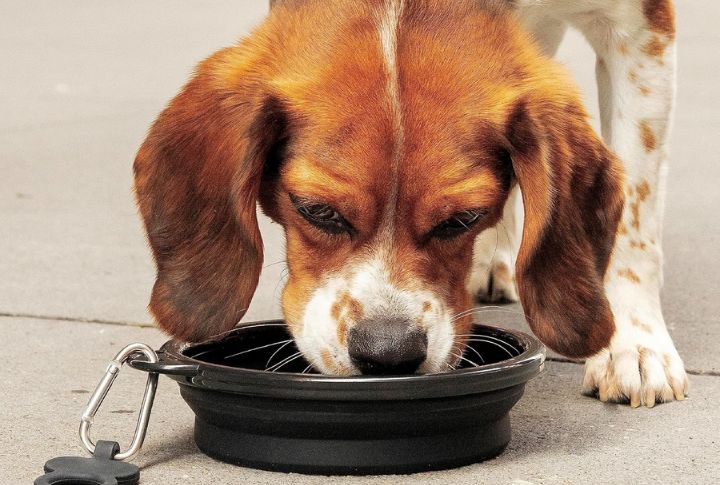
A lightweight, collapsible bowl that fits into any bag gives your pup access to water wherever you are. Hydration matters, especially during hot days or emergency car rides. Otherwise, dehydration can worsen injuries. This bowl can help keep them cool and cared for—even en route to the vet.
Vet Wrap
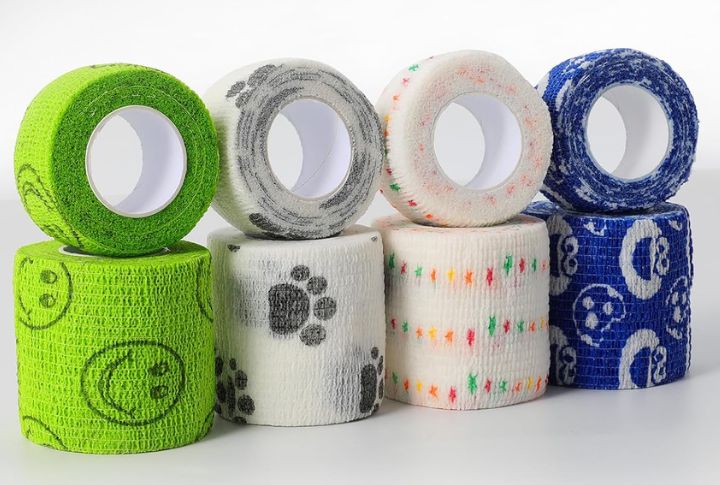
Unlike regular bandages, vet wrap sticks to itself, not to fur. It’s not only stretchy and breathable, but it is perfect for wrapping sprains or holding gauze in place. Pups don’t sit still long, so the self-adhesive feature is a lifesaver when you’re trying to bandage a squirming tail or limping leg.
Benadryl

Plain diphenhydramine (Benadryl) can help with allergic reactions caused by bug bites or plant stings. The generally recommended dose is 1 mg per pound of body weight, but always consult with your veterinarian first. Liquid versions often contain xylitol, which is toxic to dogs. So, stick to plain tablets when possible.
Muzzle Or Soft Wrap
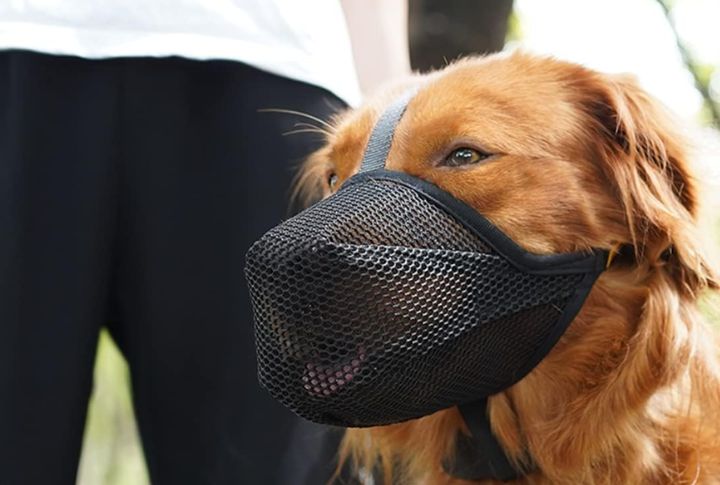
A soft muzzle or a roll of gauze can keep you safe while treating wounds. Even the sweetest pooch may snap when in pain. It’s not about restraint—it’s a preventative measure. Many experts suggest practicing with the muzzle beforehand so your pet doesn’t panic if it ever needs to be put on.
Emergency Contact Card

When things go sideways, digging through a phone for numbers wastes precious time. An index card with your veterinarian’s number, the number of an after-hours clinic, and the ASPCA Animal Poison Control Center (888-426-4435) should be prominently displayed in your kit. Fast action often depends on fast access to expert help.

